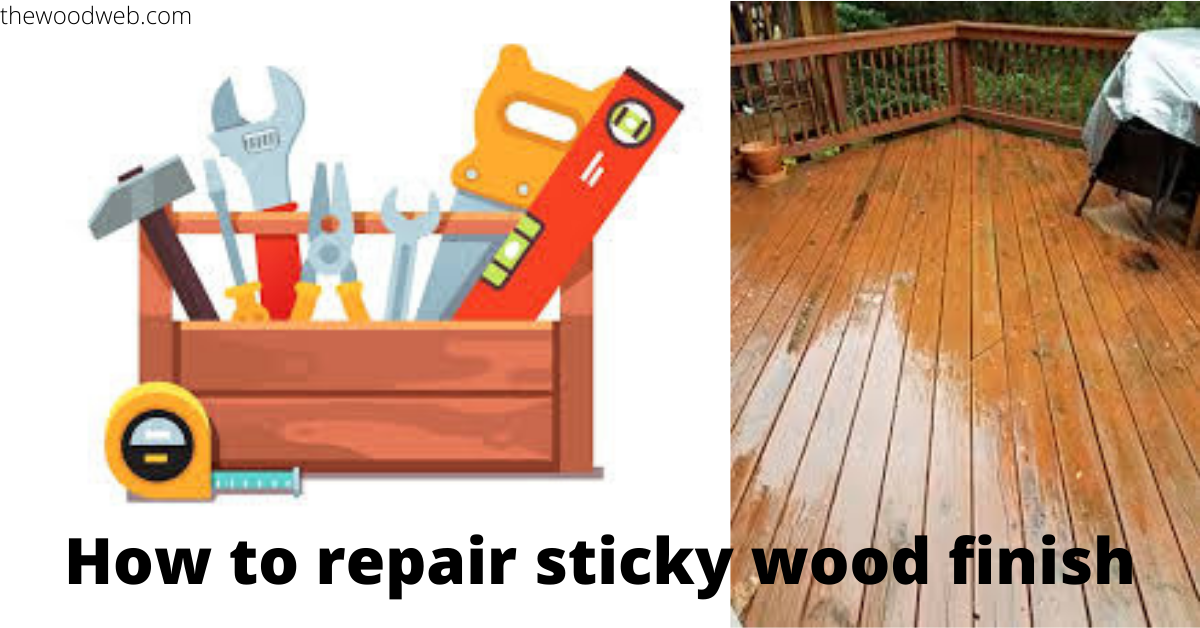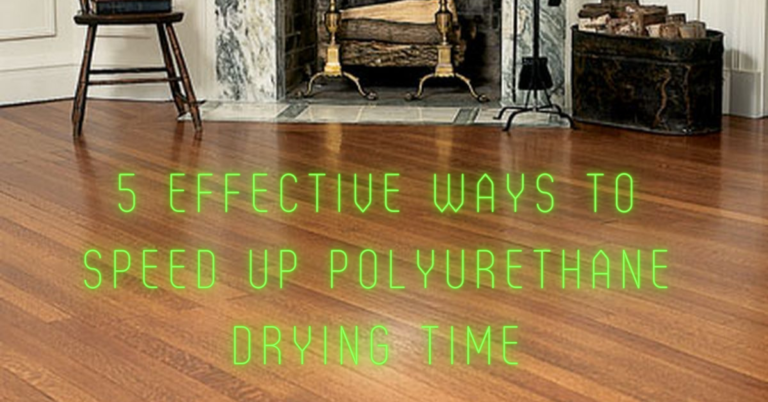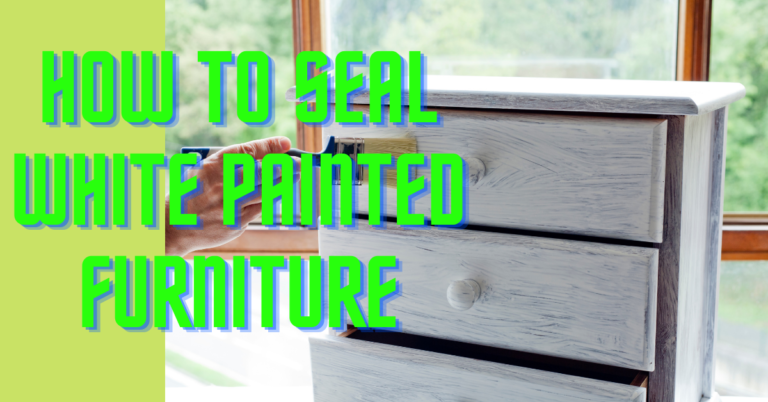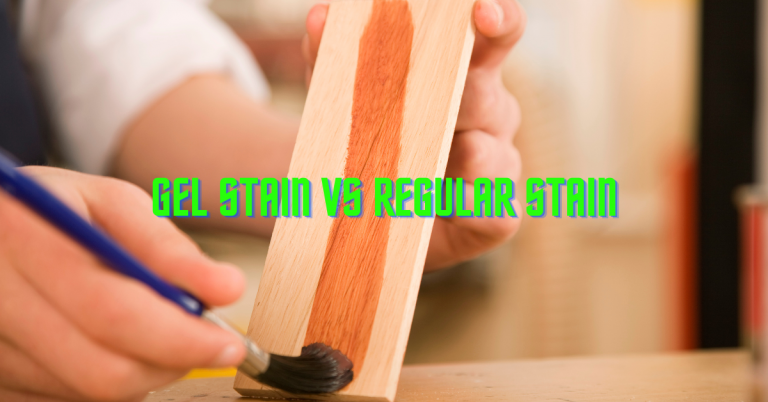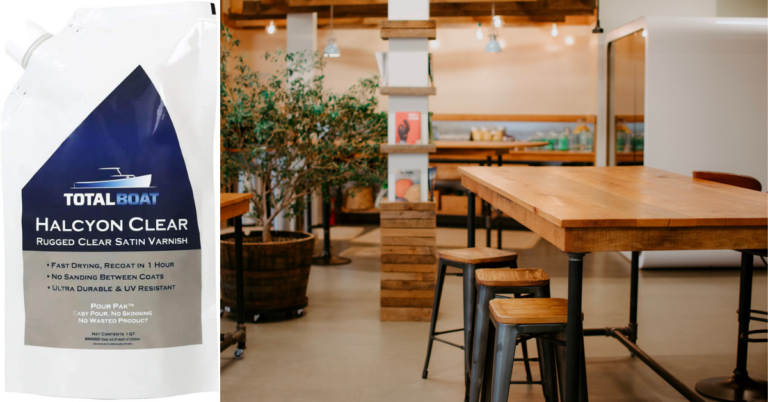What Causes Sticky Wood Finish and How to Fix it
Sticky residue buildup over the years and as a result of finish applied on the wood surface is worn out, leading to a damp surface and discoloration. Dirt and grime accumulation are some of the reasons why we notice gumminess on our wood surface.
You might have noticed newsprint on your table even after removing the newspaper initially placed on the table. The surfaces also get scratches and marks quickly when little pressure is applied to them.
Perhaps you need to know how to repair sticky wood finish. This article will teach you the necessary steps, guidelines, and helping tips that’ll help you get rid of your built-up sticky residue.
All at a Glance
What causes a sticky wood finish?
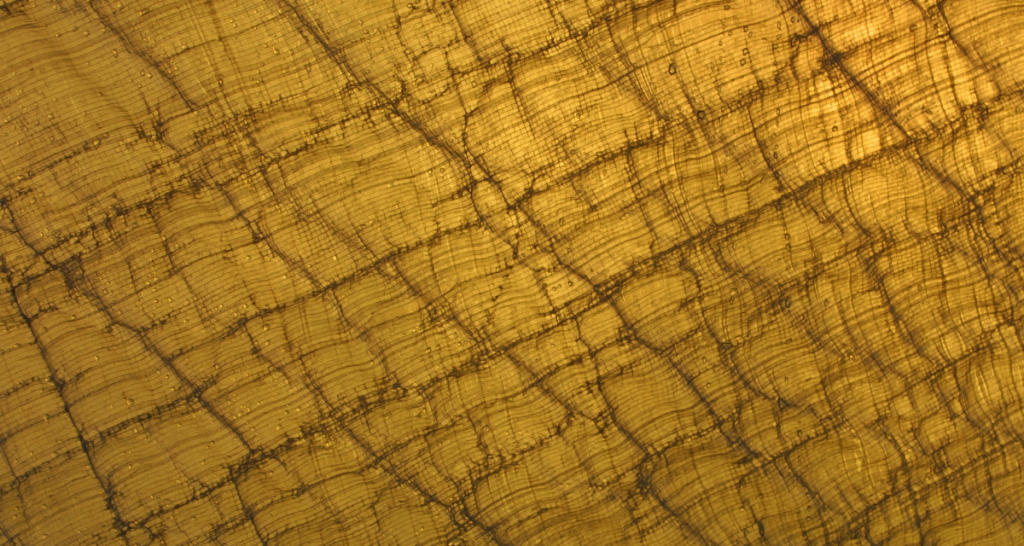
When wood surfaces start getting sticky, right from newsprint being left on the table even after removing a newspaper that was initially placed on the table, to indents and marks left on the table as a result of little pressure used on the table surface, sticky residues appear on wood surfaces as a result of some reasons, some of which are:
- Dirty surface finish
- Coated or waxed surface
- Worn out finish
- Dirt and grime accumulation
- Use of products containing ammonia or bleach which eventually weakens the finish
- Cooking grease and vapors
- Moisture
How to determine the type of finish on the wood surface
Often, we get stuck with sticky furniture, but before we decide to fix the sticky residues, it’s necessary to know the type of finish on the wood surface to know the right step to take. To determine the type of finish on the wood surface, test in a conspicuous area using a Q- tip dipped in denatured alcohol.
If the finish is made of shellac, a natural material gotten from lac beetles dissolved in denatured alcohol, it’ll dissolve almost immediately. Varnish will react more slowly and is more difficult to remove compared to shellac. Varnish also darkens as its age.
Shellac finish is way easier to repair as each application partially dissolves the previous coats, the whole surface rehardens to another layer of film.
To add a new coat of shellac finish, clean the surface with a little denatured alcohol. This will melt the surface a bit and loosen up the sticky residue. Immediately it gets dry, apply a fresh coat of shellac.
But in case you have a varnish finish, you’ll eventually have to strip the surface and redo the finish. First off, clean the surface thoroughly by mixing equal amounts of turpentine, white vinegar, and boiled linseed oil. Apply the solution to the sticky areas of the wood surface, then wipe it off.
Guidelines on how to repair sticky wood finish
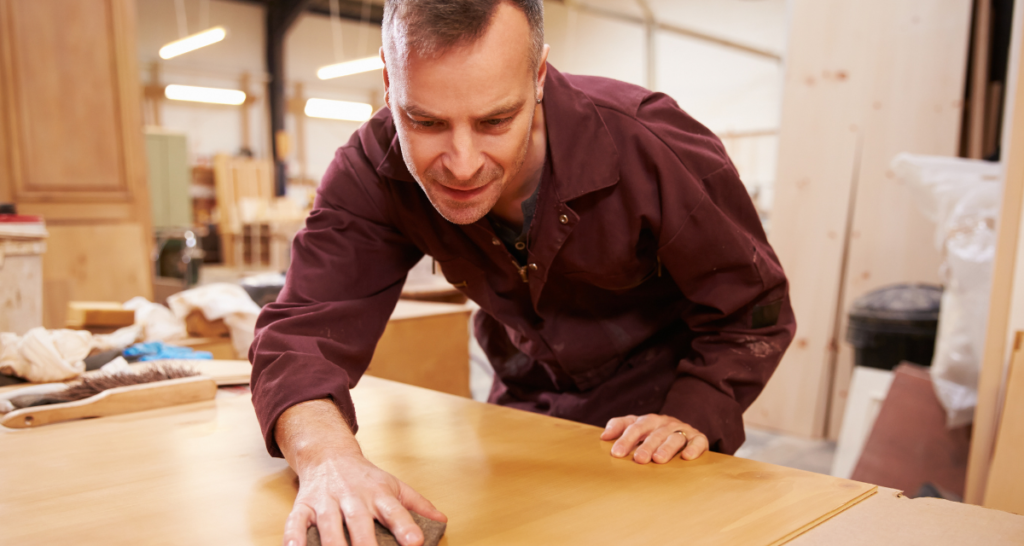
Step one: Clean the surface
Give the surface a thorough cleaning. It might be possible to remove some work out varnish, which will eventually remove the sticky residue. To make sure you spotless the wood surface, you’ll need a slightly acidic cleaner such as white vinegar to be able to remove the remaining worn-out residue.
Step two: Get your solution.
To get your cleaning solution, mix one part water and one part vinegar.
Step three: apply a small force.
After mixing your solution, use it to wipe the wood surface completely, then scrub gently. Avoid applying too much force to its extent, leaving scrub marks and streaks on the surface.
Step four: Rinse the surface.
To rinse, use clean water and cloth to wipe down the table.
Step five: Dry
Allow it to dry completely.
Step six: repeat the process.
In case there’s no vinegar, or you want to use a slightly stronger cleaner, repeat the process but instead of the vinegar used, use a mild dishwashing agent instead.
Step seven: apply Murphy oil soap.
In case of a more severe residue, use Murphy oil soap, a wood cleaning product that is safe for use on any wooden surface. To use, dilute it in the water when using it for mild cases, but apply it straight to the wood surface for a more sticky residue.
Step eight: rinse again with clean water and cloth.
Step nine: dry
Allow the table to dry completely.
Step ten: apply wood wax.
The sticky residue is immediately removed and the surface dried, applying a wood wax that is water and stainproof to the body for protection and resistance.
As time goes on, sticky residue builds up on wood surfaces, especially furniture. These steps will guide you on how to repair sticky residue on both dark woodworks and light wood.
How to repair sticky residue on light wood
- Make some hot tea. I guess that caught you off guard? We will be making use of 3 black tea bags. Pick three black tea bags and steep in 1 cup of hot water, allow it to cool.
- After it cools, apply the tea to the wood surface with a clean microfiber cloth, make sure you wipe with the wood’s grain.
- Pick a new clean cloth and wipe with the grain again, repeat the process to remove excess moisture.
- Use a damp cloth to clean the wood surface one more time fully.
- Blow-dry with another new cloth
- Polish the wood surface afresh.
- Allow it to dry.
Read Also: How Long Does It Take For Water Based Polyurethane To Dry On Hardwood Floors?
How to repair sticky residue on dark wood
- Use a microfiber cloth to dust the surface thoroughly, dust as much as possible. Rinse the cloth after dusting.
- Prepare your solution by mixing equal parts of vinegar and water. Dip a soft cloth in the mixture and wring out well or use a spray bottle instead. Wipe the wood in the direction of the grain. Re-wet the wood surface and wring your cloth often after rinsing.
- After repeating the process to remove the residue, dry the wood thoroughly with a cloth to prevent the excess moisture from damaging it. Repeat the process.
- In case the vinegar doesn’t work as it should, dampen a clean cloth with mineral spirits and wipe on to the wood. Make sure you wipe in the direction of the grain.
- Wipe the excess moisture with a dampen cloth
- Dry completely.
Easy to go steps on how to repair sticky residues
When applied on the wood surface, Wood stains are made in such a way as to penetrate the grain of the wood. Having a sticky surface might result from spreading too thickly or not wiping off the excess from the surface. These easy two go steps will help you repair a damp wood stain without stress.
- Apply more stain gets sticky because it lacks binders when compared to varnish and paint. After applying, the solvent evaporates, leaving the pigment and oil. To prevent this, use another heavy coat of stain and allow it to sit for at least 5 minutes, which is enough time to dissolve the existing paint. After you wipe it off, the sticky stain would’ve been wiped off.
- Use lacquer thinner
- In case you’re not sure of the stain you want to use matches the one on the surface, lacquer thinner can be used to dissolve the previous stain. Apply it with a paintbrush and wipe it off immediately as it evaporates quickly. Apart from removing the paint, lacquer thinner also brightens the wood color.
Materials and equipment needed
- Water
- White vinegar
- Q- tip
- Denatured alcohol
- Turpentine
- Boiled linseed oil
- Microfiber cloth
- Spray bottle
- Lacquer thinner
- Mild dishwashing detergent
- Murphy oil soap
- Sponge
- Bucket
Pro-tips
Below are a few tips that can help you fix a sticky stain and also help you prevent any mistake or error
Tip one: you can get your varnish cleaners from any hardware store. Always apply the product according to the manufacturer’s instructions.
Tip two: after applying the desired finish on the wood, use a wood wax for protection to make it waterproof.
Tip three: eventually, if the methods don’t solve the sticky problem, you might have to refinish the table completely
Tip four: Always test the method on a conspicuous part of the furniture to prevent damage to the wood finish.
Tip five: don’t use wax on the intricate parts of the wood for more than one coat and only relax the flat tops and sides
Tip six: use a cleaning toothbrush or cotton swab to thoroughly rub any notches in the wood that a cloth can reach.
Conclusion
As a result of use, moisture, dirt, and grime accumulation, sticky wood surface are inevitable. Various methods, steps, and guidelines have been discussed in this article, right from knowing the type of finish on your wood surface to the necessary steps on how to repair wood finishes.
When correcting the sticky stain, lacquer thinner can be used to polish the body and increase its brightness.
When repairing sticky finishes, first off, you need to clean the surface from the previous buildup, allowing it to dry and then recoating it again. All you need to do is to follow the manufacturer’s instructions as well as the guidelines outlined.

